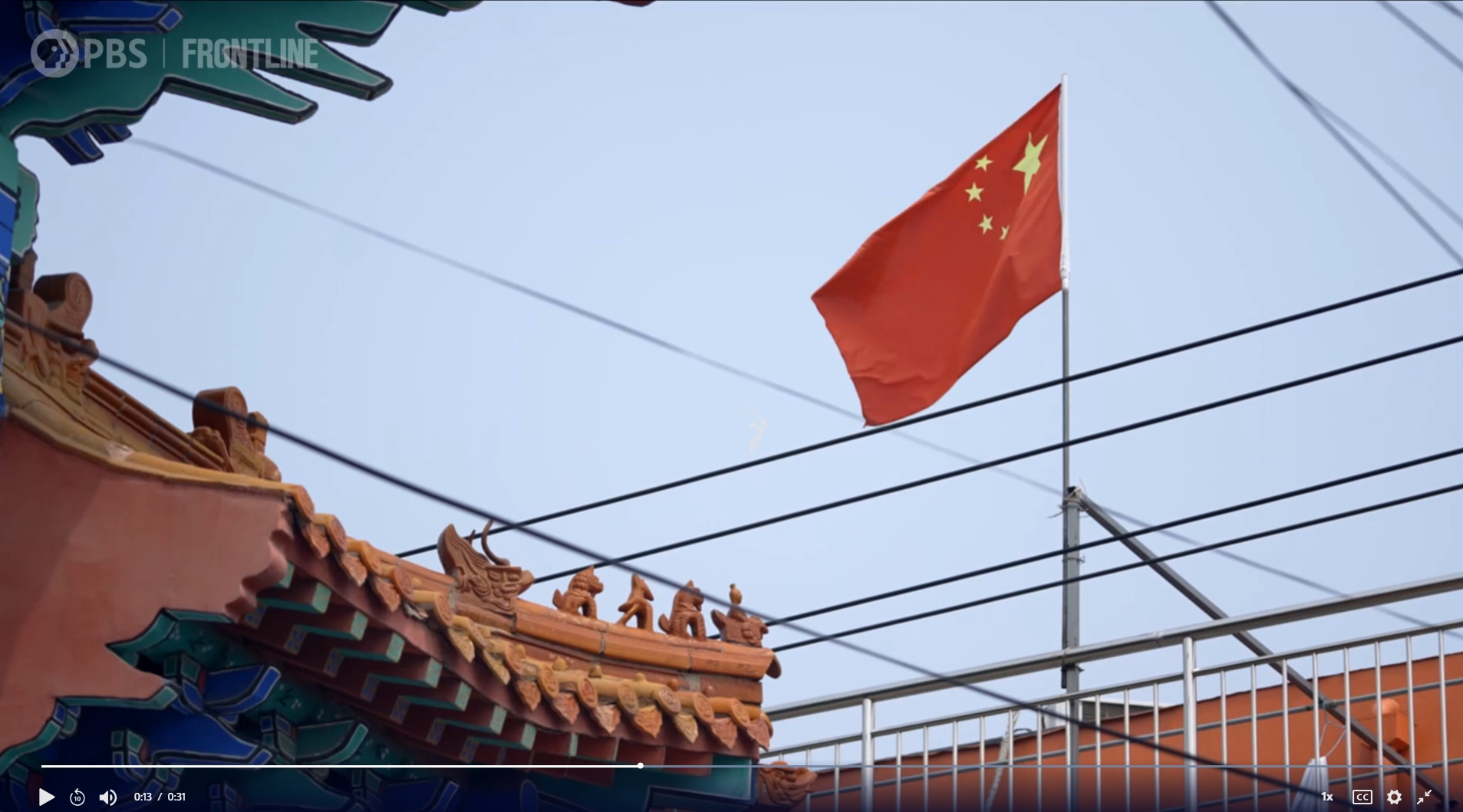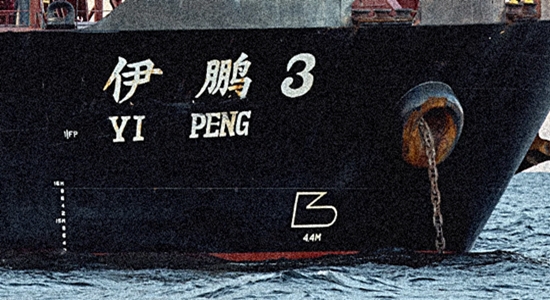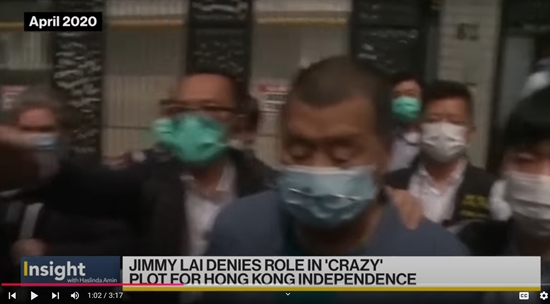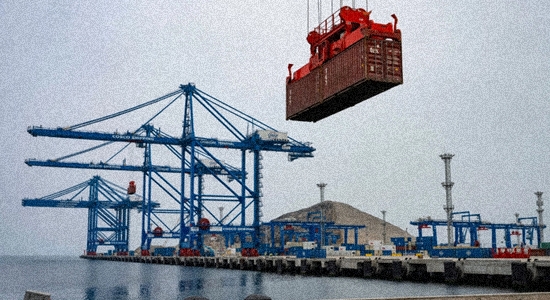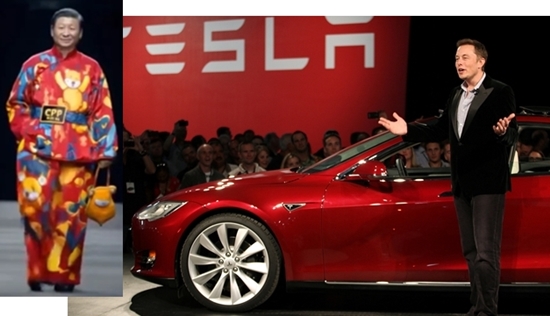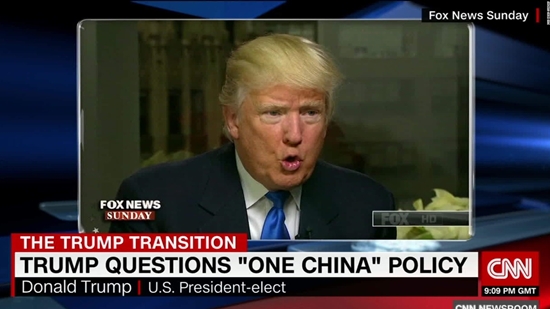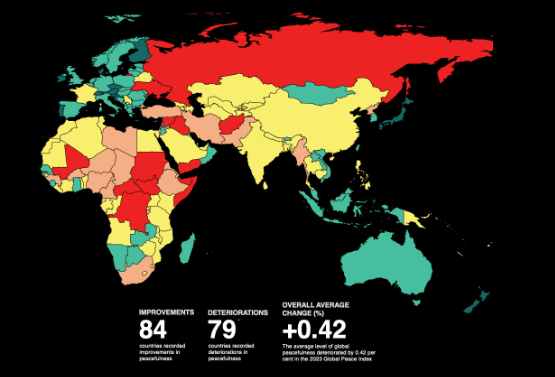
From the Global Peace Index 2023.
Tensions between Taiwan and China, already troubling, are escalating. In its recently published Global Peace Index, the Institute for Economics & Peace (IEP) has taken a deep look into the situation and its impact on the GDP and global supply chain demands.
Taiwan, known as the Republic of China (ROC) is an independent state, while China, known as People’s Republic of China, (PRC) is seeking reunification (read: control). Seeing Taiwan as part of its territory, China claims to be seeking peaceful means of retaking control of Taiwan, but considering the vast superiority of China’s military, around the world many doubt Chinese leaders’ sincerity.
World leaders grow understandably antsy.
China is making considerable investments in military expansion. With its much smaller economy, Taiwan can’t keep up; Taiwanese military expenditures are dwarfed by the PRC’s.
The PRC’s ruling monopoly party, the Chinese Communist Party (CCP), is being closely monitored considering the recent incidents like the military aircrafts flying into the territorial area of Taiwan.
According to the IEP, a Chinese blockade of Taiwan could result in a staggering estimated loss of U.S. $2.7 trillion within the first year. But there are reasons to see this as an understimation, a conservative estimate, with the full economic impact likely a good deal more severe.
A blockade would also affect Asian economies, with the IEP estimating a 2.8 percent decrease in global economic output — almost double the loss of the 2008 global financial crisis. The PRC’s economy would likely shrink by 7 percent. That’s bad but nothing compared to the ROC, whose economy could shrink by a mind numbing 40 percent.
Taiwan is a prominent global leader in the semiconductor industry, manufacturing chips that serve as components of everything from computers and mobile phones to AI powered weapons.
China, South Korea, Japan and other East Asian countries all rely upon electronic components from Taiwan.
These estimates suggest the vital importance of peaceful resolutions.
